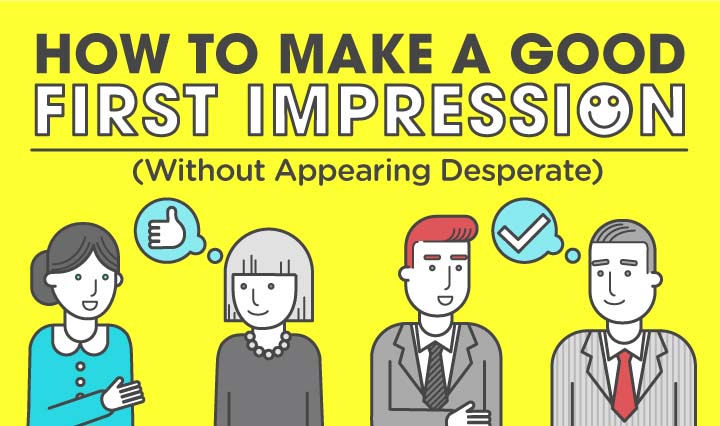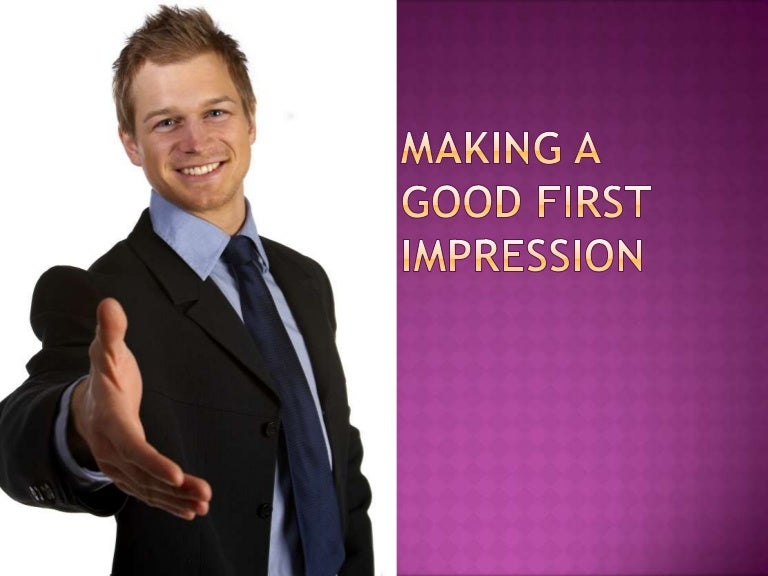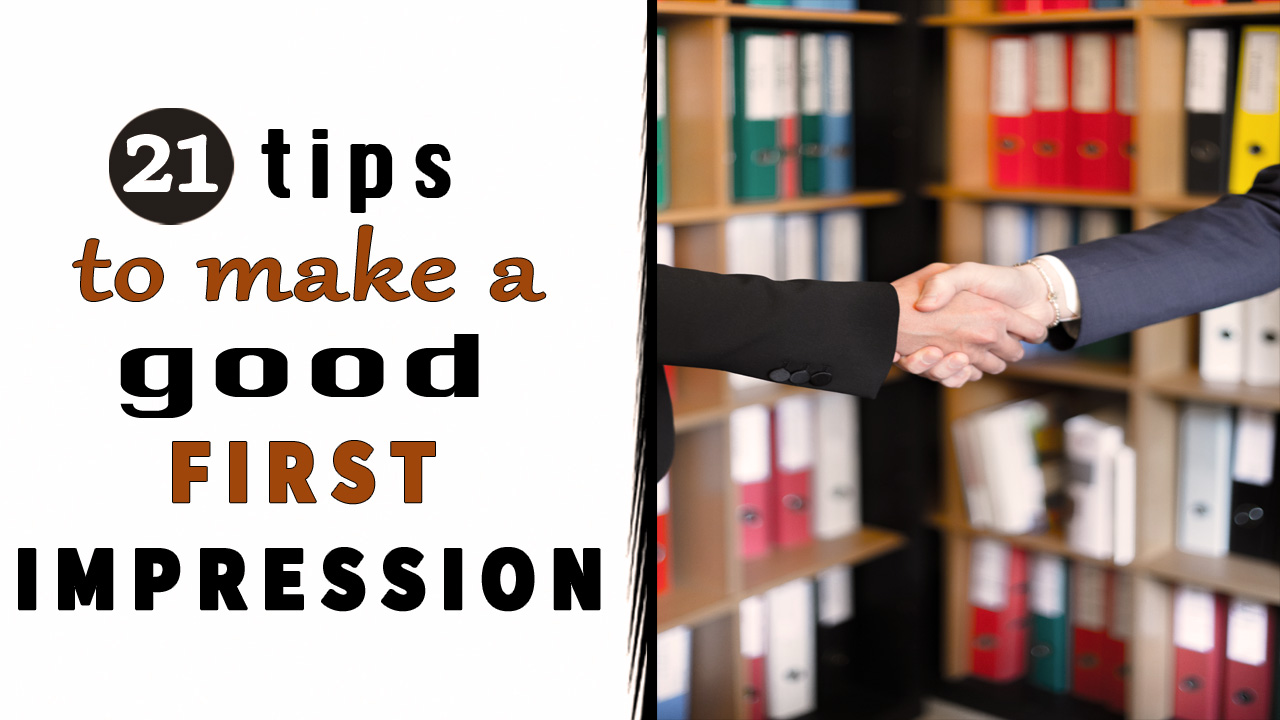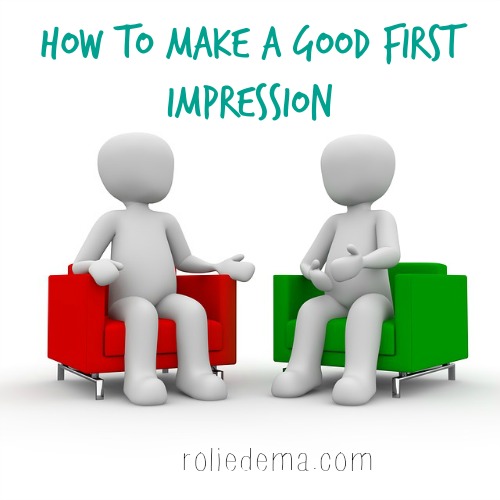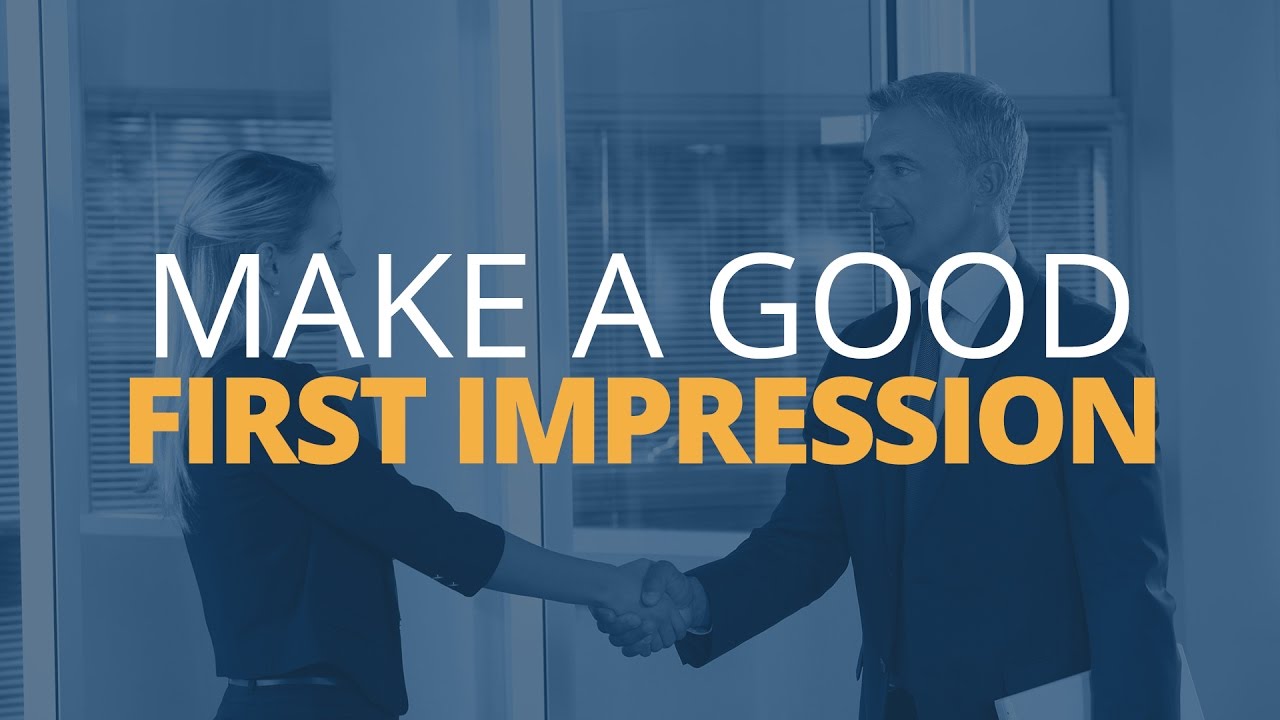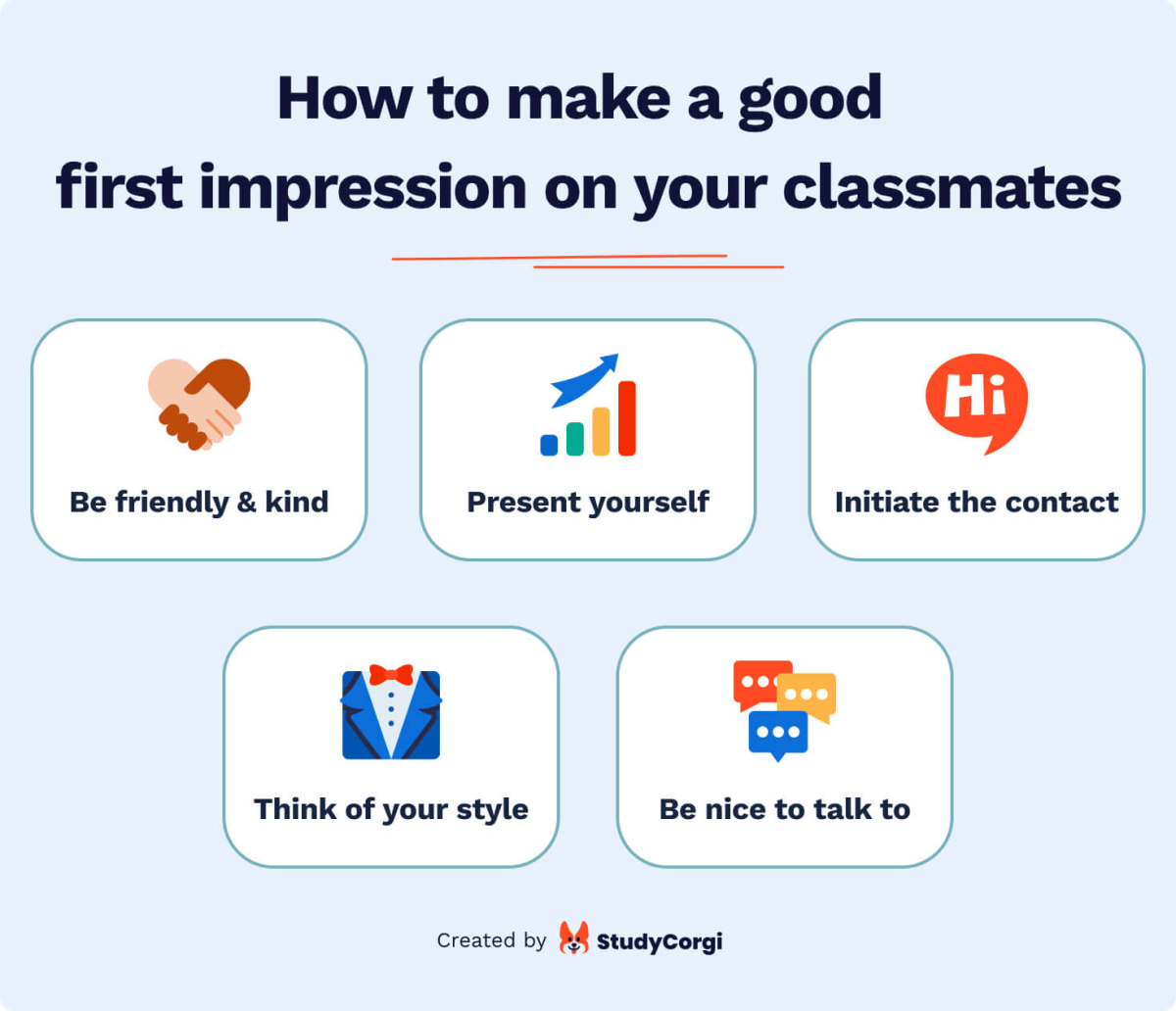How To Make A Good First Impression

Imagine walking into a room, a wave of anticipation washing over you as you meet a new group of people. A smile graces your face, your hand extends for a warm greeting, and a genuine spark of connection ignites in the air. First impressions are the cornerstones of relationships, whether professional or personal, and mastering the art of making a good one can open doors you never knew existed.
At its core, making a good first impression is about projecting confidence, warmth, and authenticity. These qualities, communicated effectively, build rapport and set the stage for meaningful interactions. Whether you're preparing for a job interview, a networking event, or simply meeting someone new, understanding the key elements of a positive first encounter is paramount.
The Power of Nonverbal Communication
Nonverbal cues speak volumes, often before you even utter a word. Maintaining eye contact demonstrates engagement and sincerity. According to a study published in the Journal of Personality and Social Psychology, individuals who make consistent eye contact are perceived as more confident and trustworthy.
Your posture also plays a crucial role. Standing tall with your shoulders relaxed signals confidence and openness. A genuine smile is perhaps the most universally understood sign of friendliness and approachability. Practice your smile; ensure it reaches your eyes, making it appear more authentic.
Mastering the Art of the Handshake
The handshake, a seemingly simple gesture, is a powerful tool for conveying respect and confidence. A firm, but not overpowering, grip conveys assurance. Avoid a limp or bone-crushing handshake, as both can leave a negative impression.
Remember to make eye contact and smile as you shake hands, further solidifying the sense of connection. Be mindful of cultural differences, as handshake etiquette can vary across the globe.
Verbal Communication: Words that Connect
Your choice of words and your tone can significantly impact how you are perceived. Begin by introducing yourself clearly and confidently. Remember the person’s name and use it during the conversation to show that you are engaged and attentive.
Ask open-ended questions to encourage the other person to share about themselves. People generally enjoy talking about their interests and experiences, and showing genuine interest in what they have to say can create a strong connection. Avoid controversial or negative topics during initial encounters.
Active Listening: The Key to Connection
Active listening is more than just hearing the words someone says; it's about truly understanding their message. Pay attention to both their verbal and nonverbal cues. Nod your head, make eye contact, and offer verbal affirmations like "I understand" or "That's interesting" to show that you are engaged.
Paraphrase their points to confirm your understanding. For example, you might say, "So, if I understand correctly, you're saying..." This demonstrates that you are not only listening but also processing their information. Avoid interrupting or changing the subject, as this can be perceived as rude and dismissive.
Authenticity and Self-Awareness
Perhaps the most important element of making a good first impression is being authentic. People can generally sense when someone is being disingenuous. Allow your true personality to shine through, but also be mindful of the context.
Be aware of your own strengths and weaknesses. Play to your strengths, but also be willing to acknowledge areas where you can improve. Self-awareness is a sign of maturity and humility.
Dressing for Success
While appearance isn't everything, it does play a role in forming initial impressions. Dress appropriately for the occasion, ensuring your attire is clean, well-fitting, and reflects the environment you'll be in. Research the dress code beforehand if you are unsure.
Confidence is your best accessory. Regardless of what you're wearing, carry yourself with confidence and self-assurance. Projecting confidence can enhance your overall appearance and leave a lasting positive impression.
Leaving a Lasting Impression
As the interaction comes to a close, reiterate your interest in connecting again. Exchange contact information if appropriate, and follow up with a brief message expressing your appreciation for their time.
A simple thank-you note or email can go a long way in solidifying the positive impression you've made. Making a good first impression is an ongoing process, but by focusing on these key elements, you can set the stage for meaningful relationships and unlock countless opportunities. Ultimately, it's about connecting with others on a human level, showcasing your best self, and leaving a positive mark on their lives.


